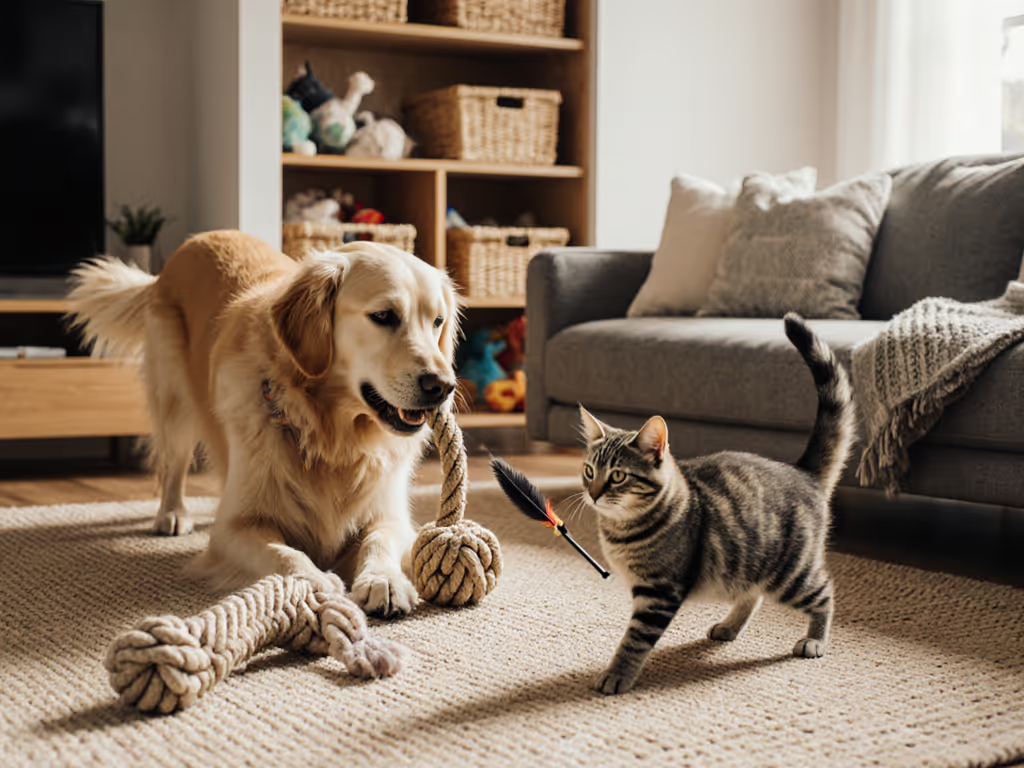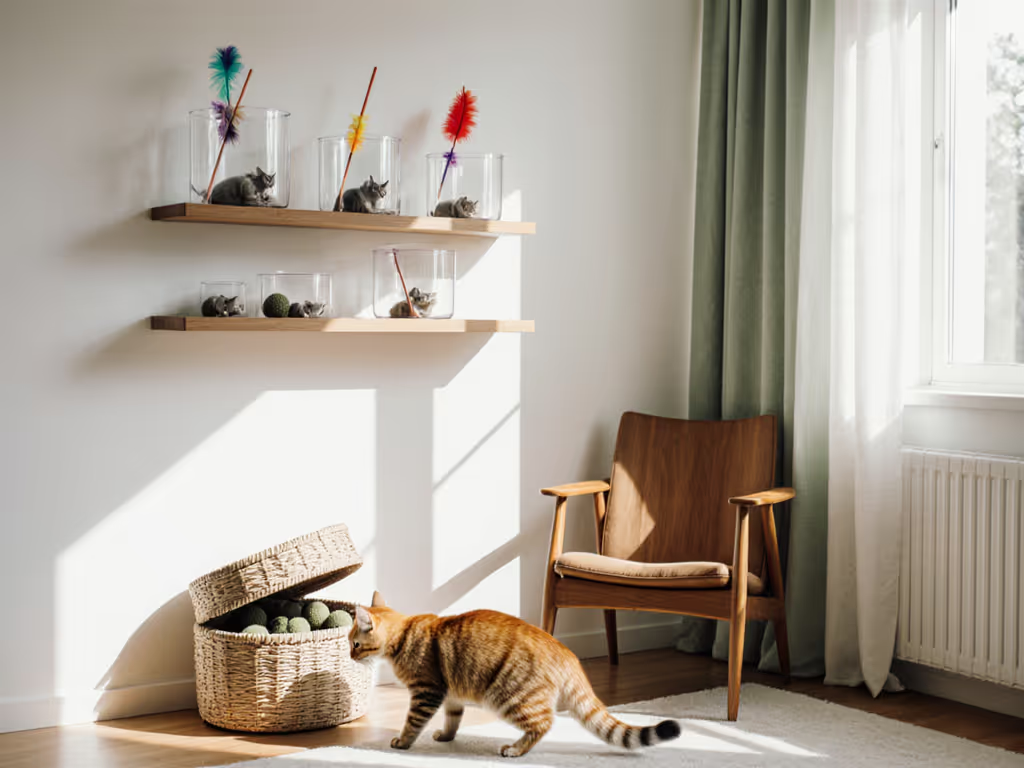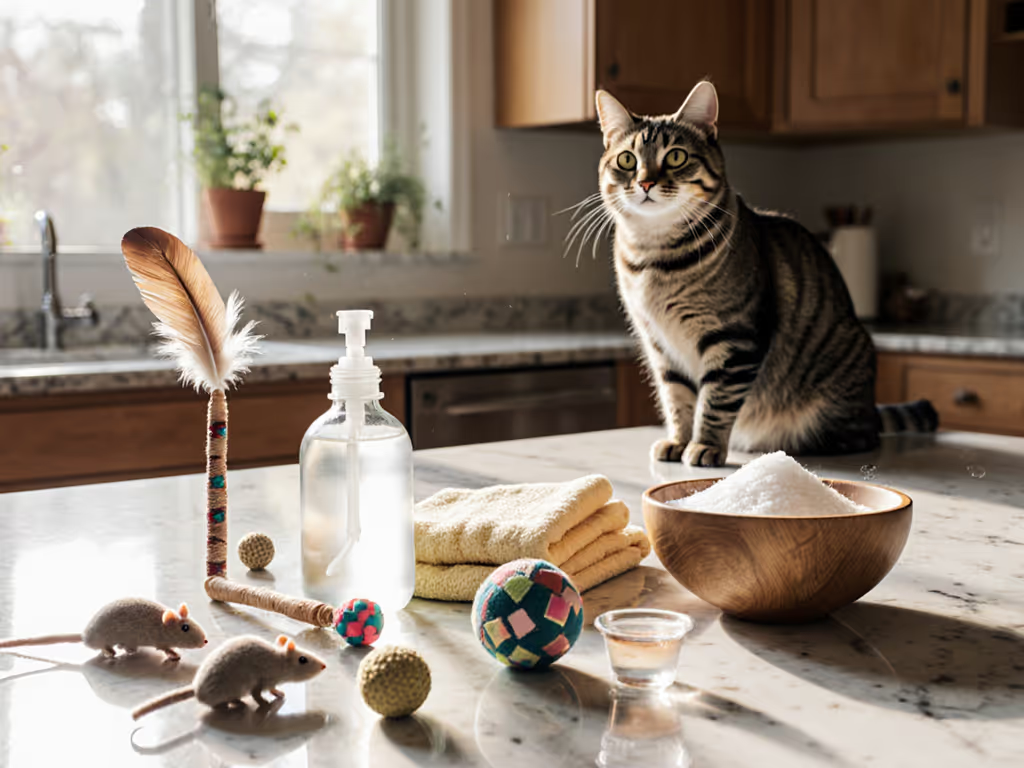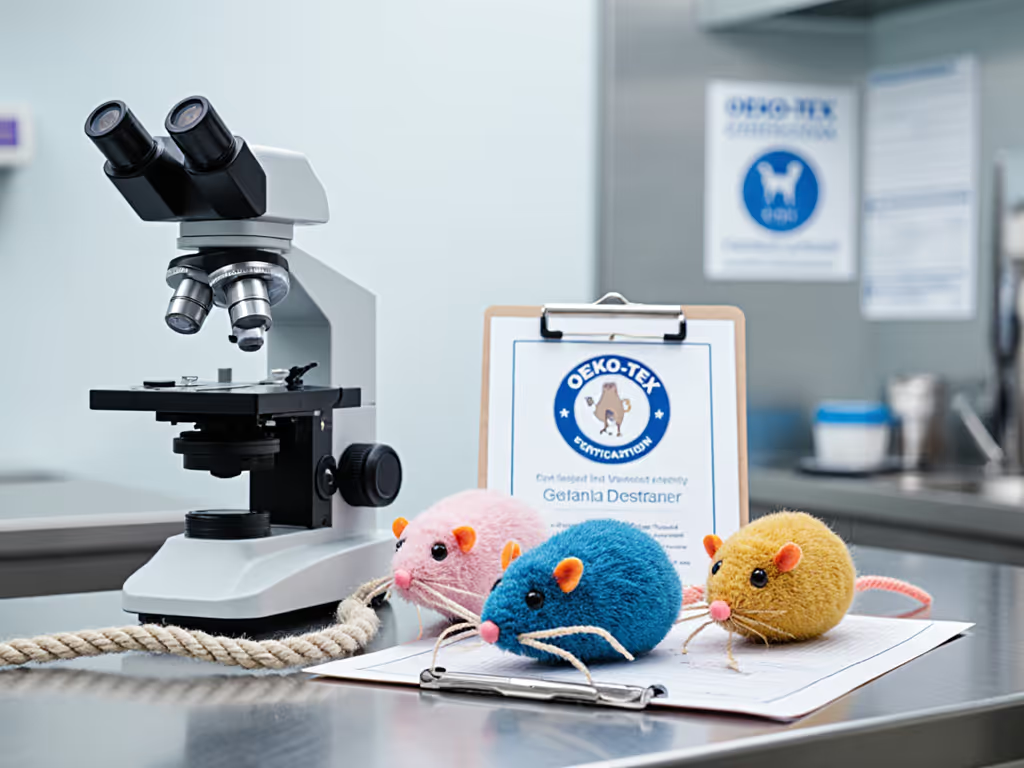
Why Cat Toys Are Non-Negotiable for Happy Indoor Cats
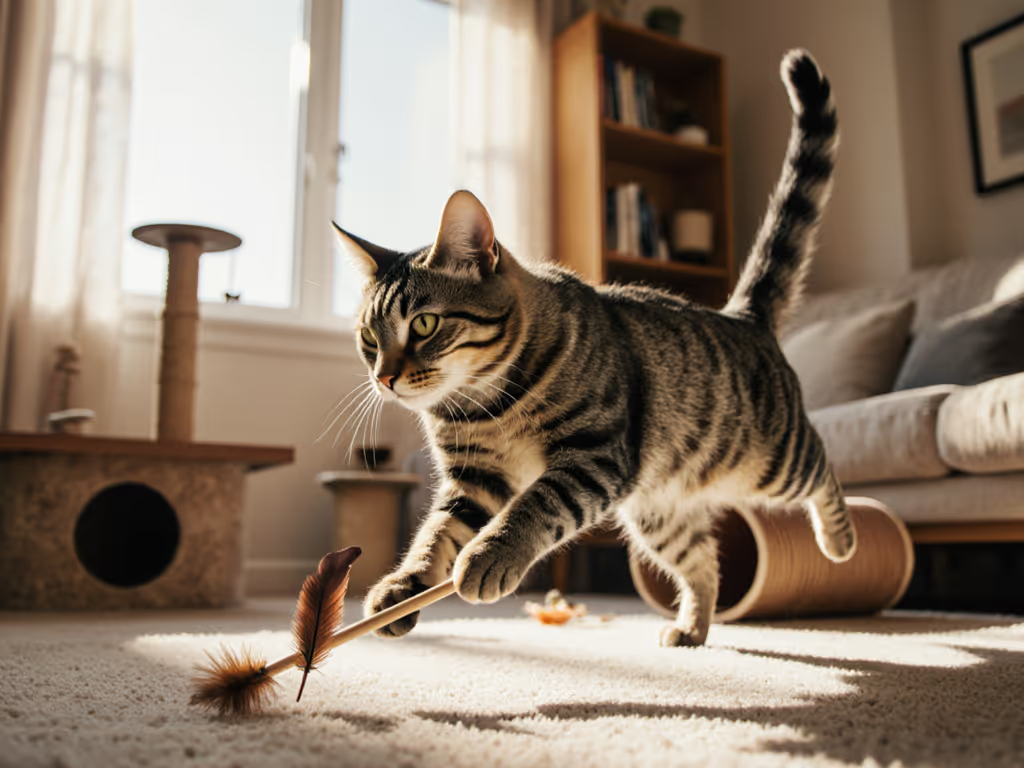
When your timid pet cats toys gather dust while your cat fixates on dust bunnies, it's not laziness, it's a mismatch. As a former overwhelmed cat guardian who coaxed a scared street cat from months under my studio apartment bed, I know how paralyzing toy failures feel. But here's what changed everything: cat toys aren't optional decorations. They're essential tools for translating your cat's hardwired instincts into calm, confident behavior. Forget complicated setups; we'll build your tiny sessions, big trust routine in two-minute steps, even in the tiniest home. Five minutes daily beats any gadget in the closet.
Why Your Cat Needs This (Not Just Wants It)
House-cat enrichment isn't a luxury, it's preventive healthcare. When cats lack constructive outlets for their prey drive, boredom fuels behaviors you'll recognize: midnight zoomies, counter-surfing, or that painful "ambush bite" when you least expect it. But beyond fixing problems, proper play rebuilds their world:
Mental Health is Non-Negotiable
Cats' brains thrive on problem-solving. That's why studies show cats lacking mental stimulation can experience up to 30% loss of brain function over time, similar to humans. Interactive toys like food puzzles or wand teasers trigger their hunting sequence (stalking, pouncing, "killing"), which:
- Reduces stress behaviors by 72% according to Journal of Feline Medicine and Surgery research
- Prevents anxiety-driven issues like overgrooming or inappropriate elimination
- Builds neural pathways that keep senior cats mentally sharp
Without this mental workout, even the comfiest cat tree becomes a launchpad for frustration.
Physical Health Hides in Plain Sight
The importance of cat exercise isn't just about weight loss (though it is vital, obese cats in studies lost 20% of body weight with structured play). It's about functional movement: leaping to build hindquarter strength, twisting to maintain spinal flexibility, and sustained focus to hone coordination. For shy cats or arthritic seniors, five minutes of gentle wand play maintains joint mobility better than forced walks.
Your Small-Space, Big-Impact Routine (Step-by-Step)
Forget sprawling playrooms. My former shy cat transformed in a 400-sq-ft studio with this zero-clutter system. Each step takes under two minutes:
Step 1: Match Toys to Your Cat's Prey Profile (2 Minutes)
Cats hunt specific prey (mice, birds, insects), and mismatched toys get ignored. Observe these clues:
| Prey Type | Your Cat's Clues | Ideal Toy |
|---|---|---|
| Rodent | Loves crinkling, digging, "killing" toys | Felt mice with catnip, crinkle balls |
| Bird | Zooms vertical, grabs mid-air | Feather wands, fluttering butterflies |
| Insect | Chases erratically, taps gently | Bouncing balls, laser only with food finish |
Skip bells or motors if noise-sensitive, opt for silent felt or cork. My anxious cat only engaged with a whisper-quiet cork mouse.
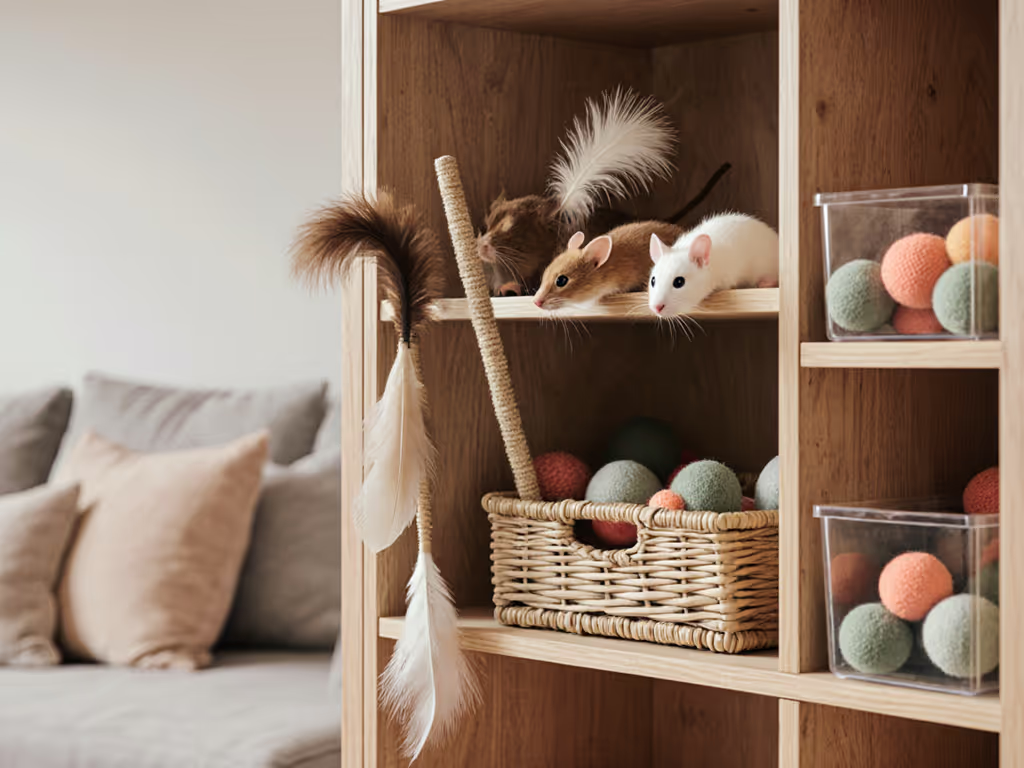
Step 2: Build Your Micro-Session Habit (2 Minutes)
Your goal isn't marathon play, it's consistent, satisfying hunts. Follow this checklist:
- ☑ Set a timer for 5 minutes (twice daily if possible)
- ☑ Start with 10 seconds of slow wand movement (mimic a tired bird)
- ☑ End with a "kill" moment (let cat bat toy into food bowl, crucial for closure)
- ☑ Immediately walk away (prevents overstimulation)
This is where I saved my relationship with my former stray. Twice a day, I sat silently near her hiding spot with a cork mouse on a string. By day 10, she'd pounce from the bed's edge. By day 30, she'd greet me at the door.
Step 3: Rotate for Lasting Novelty (2 Minutes)
Cat toys for bored cats fail because of us, not them. Cats need novelty, but you don't need 20 toys. Use this:
- Group 3 toys by prey type (rodent/bird/insect)
- Display one group per week (store others out of sight)
- After 7 days, swap groups (no need to buy more!)
Pro tip: Store extras in a pretty basket that blends with your decor, no neon clutter.
Why This Works Where Other Systems Fail
Most guardians quit because routines feel unsustainable. But this leverages what your cat (and your busy life) actually needs:
- Quiet confidence-building: Soft toys like cork mice or felt birds avoid startling shy cats. No loud bells = no WFH interruptions.
- No space required: Play in a 3x3 ft corner. Use vertical space (toys dragged up walls) to engage even apartment cats.
- Guilt-free consistency: Missing a day? Do one 90-second session. Tiny sessions, big trust means perfection isn't the goal.
- Prevents toy abandonment: Rotation tricks cats into "rediscovering" old favorites, solving the "sunk-cost frustration" of ignored toys.
Your Action Plan: Start Tonight
Tonight's two-minute win takes seconds:
- Find one toy matching your cat's prey profile (use the chart above)
- Set your phone timer for 5 minutes
- Play until "kill," then drop toy into food bowl
Do this once today. Notice if your cat settles quicker afterward. Track it in your notes app for 3 days. When you see calmer mornings or fewer counter adventures, you'll know it's working, not because I say so, but because your cat shows you.
Tiny sessions, big trust isn't just a phrase, it's the quiet revolution happening in apartments from Tokyo to Toronto. Your cat's confidence starts tomorrow, one five-minute hunt at a time.

